Comprehensive Guide to Beach Warning Flags
0 commentsAh, the beach. Sun, sand, surf... and a parade of warning flags ready to turn your relaxing day into a full-blown survival mission. Whether you’re catching waves or just catching some rays, beach flags will inform you on the local conditions, where and where not to surf or swim, and any other useful information.
So, before you hit the beach, let's decode these cryptic messages.
Beach Warning Flags
Yellow Flag: Medium Hazard
- Indicates: Moderate surf and/or currents.
- Details: A yellow flag is like an amber light at a junction — proceed with caution. The waves and currents pose a potential risk to water users. Weak swimmers should keep their toes in the sand, while stronger swimmers should stay close to lifeguards. Competent surfers – paddle on out!
Single Red Flag: High Hazard
- Indicates: Dangerous conditions due to strong surf and currents.
- Details: A single red flag means conditions are hazardous. Strong currents, aggressive waves, and a general sense that the ocean is out to get you. Enter the water only if you’re an experienced surfer or swimmer—and even then, don’t push your luck.
Double Red Flags: Water Closed
- Indicates: The water is closed to the public due to extremely hazardous conditions.
- Details: Two red flags mean dangerous surf conditions. The water is off-limits to everyone. Even the most daring surfers should take the hint and stay dry. Common sense is recommended.
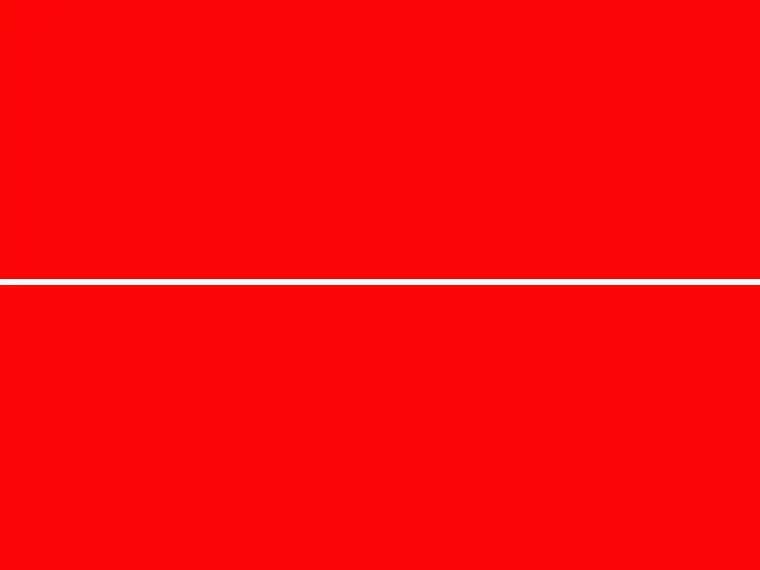
Red and Yellow Flag: Lifeguarded Area
- Indicates: Safe swimming zone under lifeguard supervision.
- Details: This flag is your best friend on the beach. It marks the area where lifeguards have got your back, so stick to it if you want to keep things low-key. It's the safest spot for being in the water.
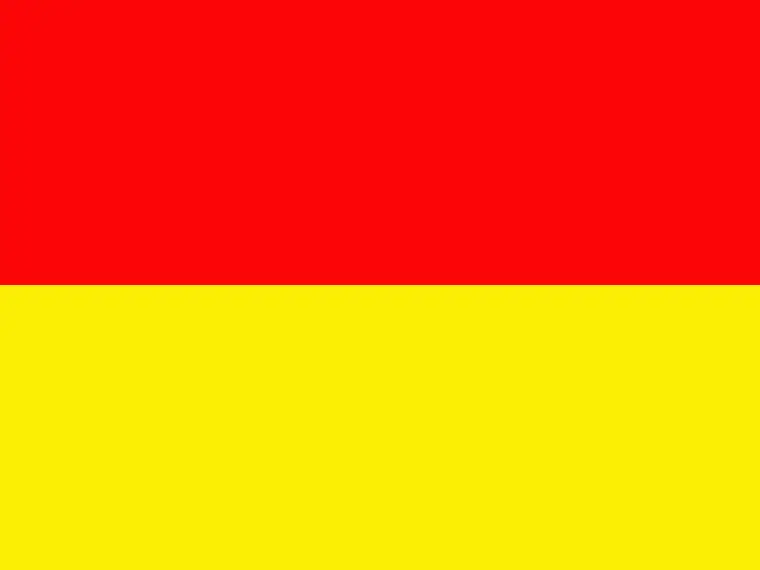
Black and White Quartered Flag: Surfing Area
- Indicates: Designated area for surfing and non-powered watercraft.
- Details: Here’s your turf, surfers! This flag marks where you can show off your skills without the risk of taking out an unsuspecting swimmer. Swimmers, steer clear unless you enjoy the adrenaline rush of dodging flying boards. This one’s important, for the safety of other non-surfing water users. There are lots of other surf spots to choose from, so you could always find a less crowded, more surf-friendly one.
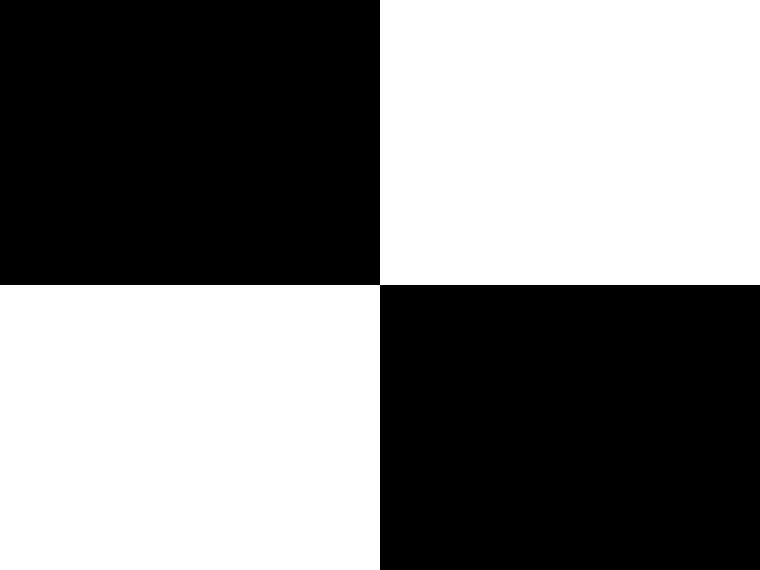
Yellow Flag with Black Ball: No Surfing
- Indicates: Surfboards and non-powered watercraft are prohibited.
- Details: Surfboards stay on the sand when this flag is flying. No exceptions. Ignore it, and you might find yourself at the wrong end of a lifeguard’s whistle—or worse, causing an accident.
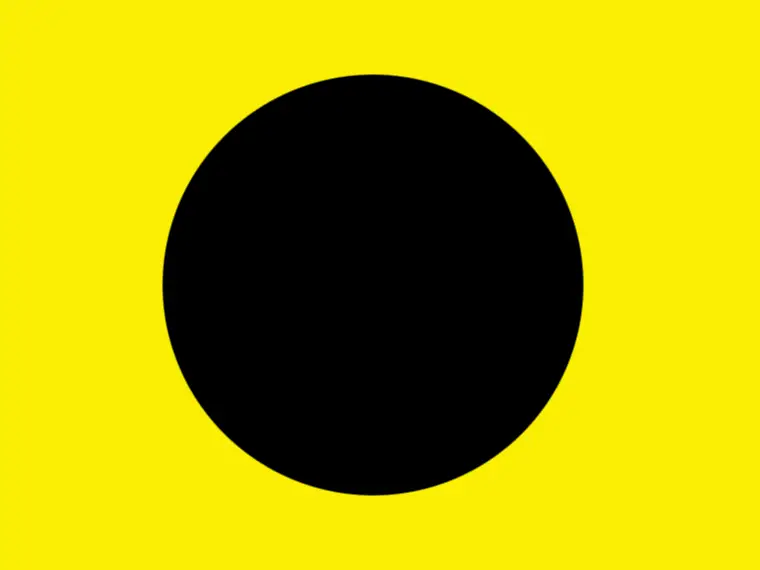
Purple Flag: Marine Life Hazard
- Indicates: Presence of dangerous marine life, such as jellyfish or stingrays.
- Details: This isn’t a shark flag, but don’t let that comfort you too much. It means the water’s got some unwanted guests—jellyfish, stingrays, or other critters that could ruin your day. Enter at your own risk, and watch where you step.
Orange Windsock Flag: Offshore Winds
- Indicates: Strong offshore winds that can blow inflatables out to sea.
- Details: Not really a flag per-say, this one’s all about wind. Offshore winds can turn inflatables into a one-way ticket to the open ocean. For surfers, it could mean epic conditions so review before you surf.
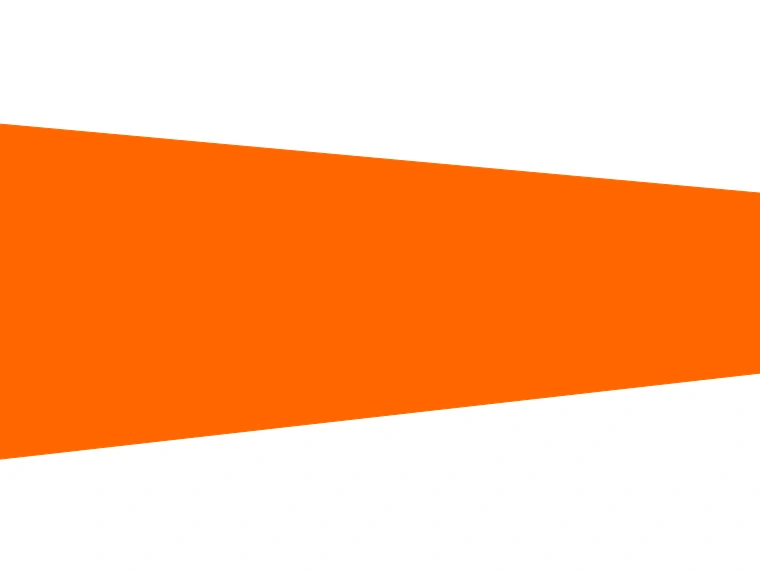
Red and White Quartered Flag: Emergency Evacuation
- Indicates: An emergency situation requiring immediate evacuation from the water.
- Details: When this flag’s up, it’s not a drill. Whether it’s a shark sighting, water contamination, or something else equally terrifying, get out of the water now. You don’t want to be the last one out.
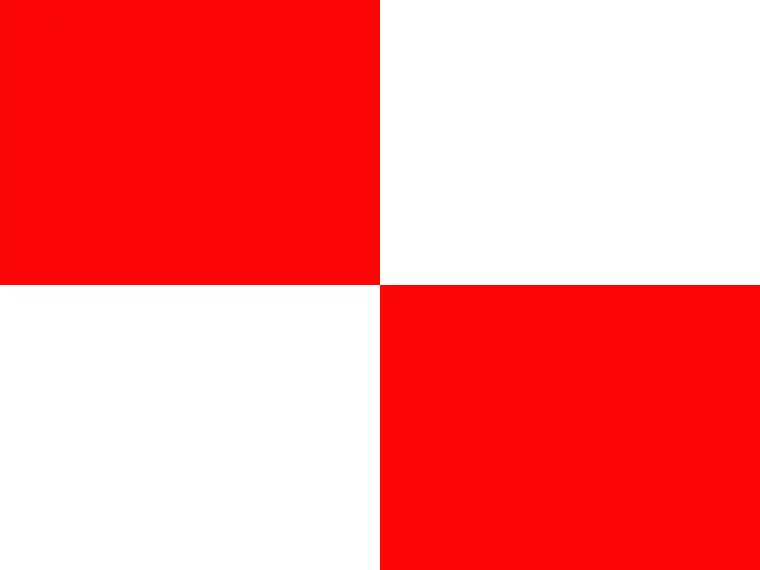
Green Flag: Low Hazard
- Indicates: Calm surf, generally safe for swimming.
- Details: The green flag is the all-clear for a good time. The water’s calm, the surf’s gentle, and it’s about as safe as the ocean gets. Probably not worth paddling out.
A note about Feathering
Flag visibility is sometimes improved by attaching a fabric strip (called a "feather") to the flagpole. The feather is made from the same material and in the same colours as the flag. This feather flag makes it more visible to beach and water users, especially on crowded beaches or busy days.
Important Information for Surfers
Although surfers prefer more secluded spots, but when you do find yourself on a patrolled beach, pay attention to the flags. The Black and White Quartered Flag is your green light for fun, so stick to these zones to avoid any unwanted run-ins with swimmers. On the flip side, if you see the Yellow Flag with the Black Ball, it’s time to pack up your board—no surfing allowed in those areas. Oh, and don’t forget the Orange Windsock Flag—it’s your best buddy when scoping out wind conditions before you paddle out.
Other Types of Signs Found on the Beach
Warning and Hazard Signs
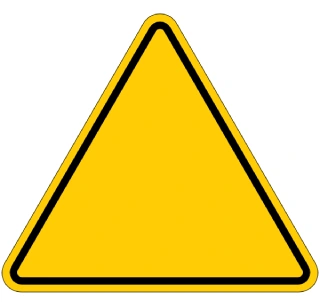
Triangular and yellow, these signs are basically the beach’s way of saying, “Watch out!” Pay attention, or you might end up with a story you won’t want to tell.
Regulatory Signs
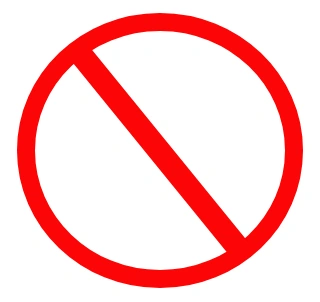
Red circles mean stop whatever you’re doing, and green circles mean go for it. Easy to remember, harder to argue with when you’re caught breaking the rules.
Information Signs
These signs are your beachside tour guides, pointing you to the best spots and keeping you informed.
Safety Signs
Safety signs show where to find help, from first aid to emergency equipment.
No Lifeguard Sign
Indicates that there is no lifeguard service at the beach. Extra caution is advised, and all safety advice should be followed strictly.
The Blue Flag
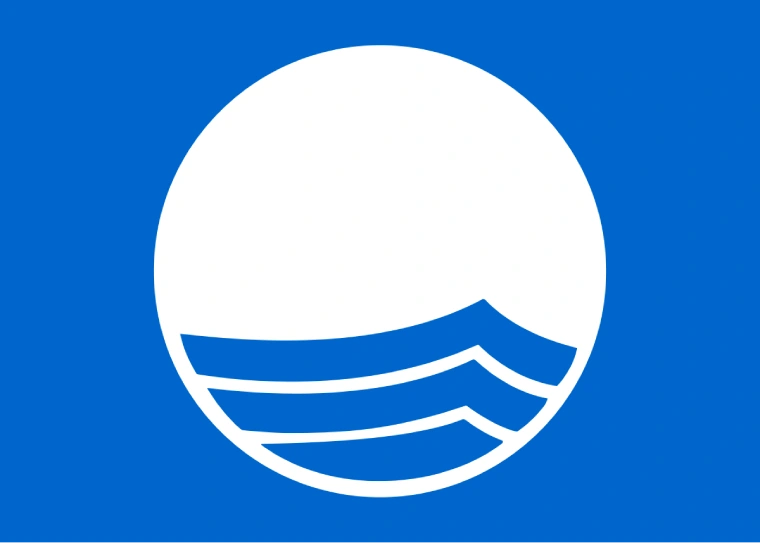
The Blue Flag is an internationally recognised eco-label awarded to beaches, marinas, and sustainable boating tourism operators that meet high environmental and safety standards. Established in 1987 by the Foundation for Environmental Education (FEE), the program started in Europe but has since expanded worldwide, operating in nearly 50 countries.
The Blue Flag criteria focus on water quality, environmental education and information, environmental management, and safety services. A Blue Flag on a beach or marina indicates that the area is clean, safe, and managed sustainably, making it a popular choice for the environmentally conscious. Blue flag beaches should have high water quality, so less changes of picking up something nasty during your session.
The International Lifesaving Federation (ILS)
The reason that you see the same flags at different beaches is due to the standardisation that has taken place over the years.
The ILS developed the international flag standards to improve global understanding of beach conditions and safety rules. By standardising these flags, the ILS aims to overcome language barriers and reduce the risk of injury and drowning.
These standards have been designed to minimise disruption to existing flag systems and ease international adoption. Although the use of these flags is encouraged, it is not mandatory for ILS member federations. However, using conflicting flags is strongly discouraged, as this could lead to confusion and undermine the benefits of standardisation.
Beach Flag comparison table
Now that you’re fully briefed, go forth and enjoy the beach—just don’t say we didn’t warn you!
| Beach Safety Flag | Color | Meaning | Pantone (PMS) | Shape |
|---|---|---|---|---|
| Summary of each of the main beach flags, including design, colour, meaning, pantone and shape | ||||
 |
Yellow | Medium hazard | PMS – 124 | Rectangle |
 |
Red | High hazard | PMS – 186 | Rectangle |
 |
Red over Red | Water closed to public use | PMS – 186 | Rectangles |
 |
Purple | Marine pests present | PMS – 266 | Rectangle |
 |
Red over Yellow | Recommended swimming area with lifeguard supervision | PMS – 186 (Red), PMS – 124 (Yellow) | Rectangle with equal, parallel halves |
 |
Black and White (Quartered) | Watercraft area | PMS – 6 (Black) | Rectangular flag with four equal rectangular quarters |
 |
Yellow flag with Black | Watercraft use prohibited (e.g. no surfboards) | PMS – 124 (Yellow), PMS – 6 (Black) | Rectangular yellow flag with central black ball shape, 500mm diameter |
 |
Orange windsock | Offshore winds present, inflatables should not be used | PMS – 166 | Cone shape 500mm at the hoist-tapering to 300mm x 1500mm long |
 |
Red and White (Quartered) | Emergency Evacuation | PMS – 186 (Red) | Rectangular flag with four equal rectangular quarters |
You Might Also Like
Comments
- Be First To Add a Comment
